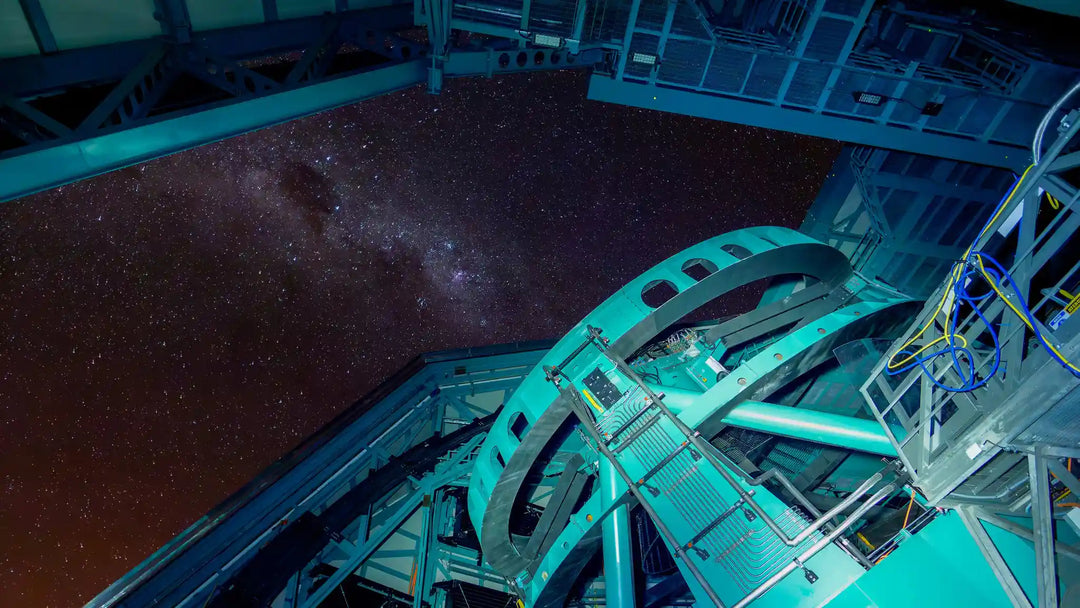Supernova 2020eyj: first radio signal and massive explosion of dying white dwarf

Astronomers have made a groundbreaking discovery by detecting a radio signal from a dying white dwarf star that experienced a massive explosion. Typically, stars like our sun end their lives in a quiet manner, but in binary star systems, they can result in powerful supernova explosions.
This marks the first time that scientists have observed the radio signature of such an event in a galaxy over 400 million light-years away. The findings provide intriguing insights into the nature of the companion star involved.
How stars explode - white dwarf become a supernova
When stars weighing up to eight times the mass of our sun consume their nuclear fuel, they shed their outer layers and form planetary nebulae, leaving behind a dense, hot core called a white dwarf.
However, if a white dwarf gains additional mass and exceeds about 1.4 times the mass of our Sun, it triggers a self-destruct mechanism, leading to a Type Ia supernova explosion.
The origin of the extra mass required for such an explosion has long puzzled scientists. It was previously thought that the gas stripped off a larger companion star in close orbit could contribute to the explosion.
However, this theory was challenged because stars tend to scatter gas, making it difficult to observe a radio signal from the supernova. As a result, scientists began considering the possibility that Type Ia supernovae are the result of two white dwarfs spiraling inward and merging, leaving no gas to generate a radio signal.
Read more:
- The Pale Blue Dot Photo: History, Significance, and Legacy
- Pale Blue Dot Image: What About Large Format Prints like Fine Art?
- The Earthrise Photo: A Journey Through Earth’s Iconic Space Portrait
James Webb Space Telescope uncovers young stars in NGC 346’s dusty ribbons
JADES-GS-z14-0: NASA's JWST Discovering the Most Distant Galaxy
Hubble Telescope Captures a Stellar Trio: The Dawn of a Sun-like Star
Enceladus holds potential for alien life with recent discovery of vital element
Anticipating the celestial show – Betelgeuse's potential supernova event
Exceptional case of Supernova 2020eyj (SN 2020eyj)
Supernova 2020eyj, discovered in March 2020, initially behaved like a typical Type Ia supernova but exhibited peculiar characteristics after seven weeks.
It stopped fading in brightness and displayed features indicating an abundance of helium-rich gas. This led scientists to suspect that Supernova 2020eyj belonged to a rare subclass of Type Ia supernovae, in which the blast wave interacts with gas that was stripped from the outer layers of a surviving companion star.
To confirm their hypothesis, the researchers aimed to detect enough shocked gas to produce a radio signal. An array of radio telescopes across the United Kingdom was employed to observe the supernova about 20 months after the explosion.
Surprisingly, they successfully detected the radio signature of an "infant" Type Ia supernova for the first time, providing evidence that not all Type Ia supernovae are caused by the merger of two white dwarfs.
“The detection in radio is the first one of a Type Ia supernova – something astronomers have tried to do for decades.”
Type Ia supernovae have a notable characteristic in that they all reach a similar peak brightness, which has led to significant discoveries regarding the expansion of the universe. However, the exact mechanisms and consistency of these stellar explosions have remained elusive.
The researchers propose that the mass of the white dwarf can reach a critical limit when sufficient helium gas is stripped from the companion star, explaining the uniformity observed in Type Ia supernovae.
This is a visual depiction of Supernova 2020eyj, which is a binary star system. This system includes a compact white dwarf star that is gaining matter from its partner star which is abundant in helium. Additionally, they are enveloped by a thick and dust-filled circumstellar material. It was the combination of the exploded star's interaction with the leftover material from its companion that catalyzed the production of both a powerful radio signal and noticeable helium lines in the optical spectra of SN 2020eyj.
Credit: W. M. Keck Observatory/Adam Makarenko
Seeking further answers
The intriguing question that remains is why the radio signal from this type of supernova had not been observed before. It is possible that previous attempts were made too soon after the explosion or that not all companion stars are as rich in helium and prone to shedding their outer layers of gas.
This study demonstrates the value of patience and persistence in uncovering unexpected discoveries and listening to the fading echoes of distant stars.
As scientists continue to study supernovae and delve into the intricacies of stellar evolution, this latest breakthrough provides a stepping stone toward a more comprehensive understanding of these cosmic events.
Check also:
Summary
Future observations and studies in radio wavelengths and other parts of the electromagnetic spectrum will contribute to our knowledge of Type Ia supernovae and their role in shaping the universe.
References
- Kool E. C. et al., A radio-detected type Ia supernova with helium-rich circumstellar material, Nature 617, 477–482 (2023). https://doi.org/10.1038/s41586-023-05916-w, [26.04.2024]
- Supernovae, NASA Goddard Space Flight Center, [26.04.2024]
- What is a Supernova?, NASA Space Place, [26.04.2024]
- White Dwarfs Stars, NASA Goddard Space Flight Center, [26.04.2024]
- White Dwarf, esahubble.org, [26.04.2024]
- White Dwarf Star, Britannica, [26.04.2024]


![Vera C. Rubin Observatory: Revolutionizing Astronomy Through the World's Most Advanced Telescope [All You Need To Know]](http://astrography.com/cdn/shop/articles/vera-c.-rubin-observatory_main.webp?v=1751627507&width=1080)

Leave a comment